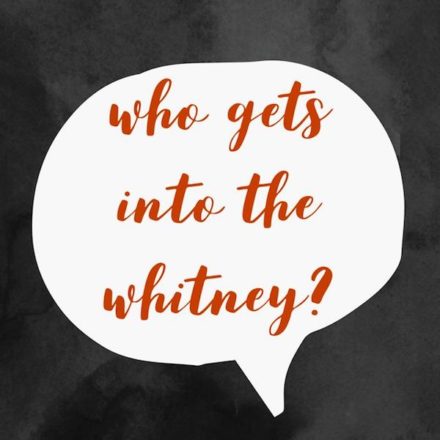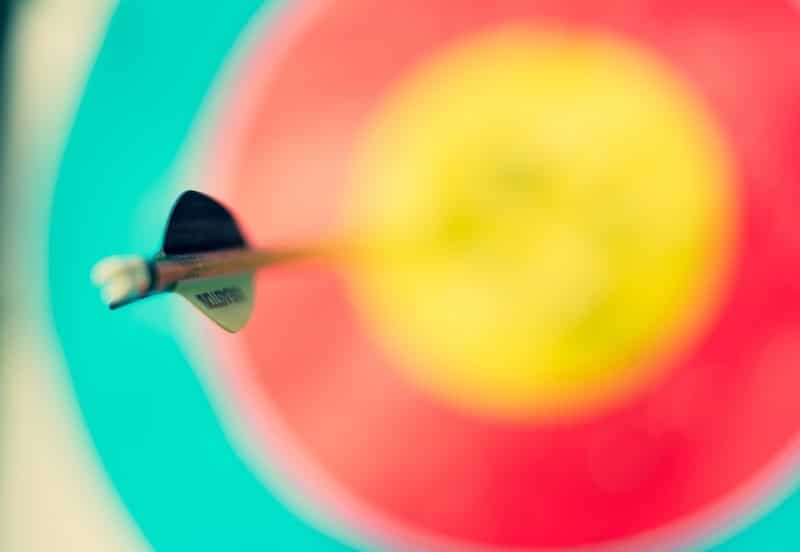 It’s finally here: the Whitney Biennial. It has been happening since 1932, going from annual to biennial in 1973, and is often considered to be one of the leading shows in the art world. It even helped one of my personal favorites—Georgia O’Keeffe—get the recognition she deserved. But how transparent is the selection process for those who make it in?
It’s finally here: the Whitney Biennial. It has been happening since 1932, going from annual to biennial in 1973, and is often considered to be one of the leading shows in the art world. It even helped one of my personal favorites—Georgia O’Keeffe—get the recognition she deserved. But how transparent is the selection process for those who make it in?
This year’s biennial was curated by Jane Panetta and Rujeko Hockley. With only two curators for such a huge show (both in size and prominence) you have to wonder: what are the criteria for who makes the cut? There is no application process, but you can try to lobby for yourself (although people seem to be in disagreement about whether this will help or hurt your cause). So what sets these 75 artists apart from the rest of those who are considered, and what do they have in common with each other?
John Yao decided to make a spreadsheet to find out. Broken down into several categories, there are multiple factors that seem to give people a competitive edge. Not counting the two artists in this year’s show who are dead, or the collectives, he looks at what the other 68 have in common.
Thirty-eight of the artists are based in New York, with three others in commuting distance. Twelve of the artists are involved with Recess—an art residency in Brooklyn where co-curator, Rujeko Hockley serves on the board—either by being members, participating in a group show, or giving a talk. Fourteen of the artists have had a residency or participated in a group show at The Studio Museum in Harlem.
But it’s not just where you live or where you’ve had shows; education is another common denominator for Whitney Biennial artists. Institutions with prestigious undergrad and MFA programs are all over the list: Yale, UCLA, Columbia, Bard, NYU, and the School of the Art Institute of Chicago.
Despite what look like improvements in the representation of race, gender, orientation, and age in this year’s biennial, Yao suggests that it’s still a bit of a club. That’s frustrating to those of us who’d like to see these prestigious opportunities become available to professional artists who aren’t necessarily card-carrying members of a very specific inner circle. (Kudos to Yao for taking the time to shed some light on the process and make it all just a little more transparent.)
So what do you do if you have your sights set on getting into a big show? If you’ve gone to a good school, live on the East Coast, have been in the right programs, and are showing up in these specific networks, I wouldn’t bet against you, but that’s not the only path to success. There’s also a lot to be said for finding your own support system, creating your own network, and building up to the big shows, even if you didn’t go to Yale.







